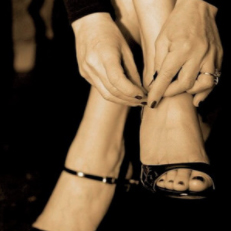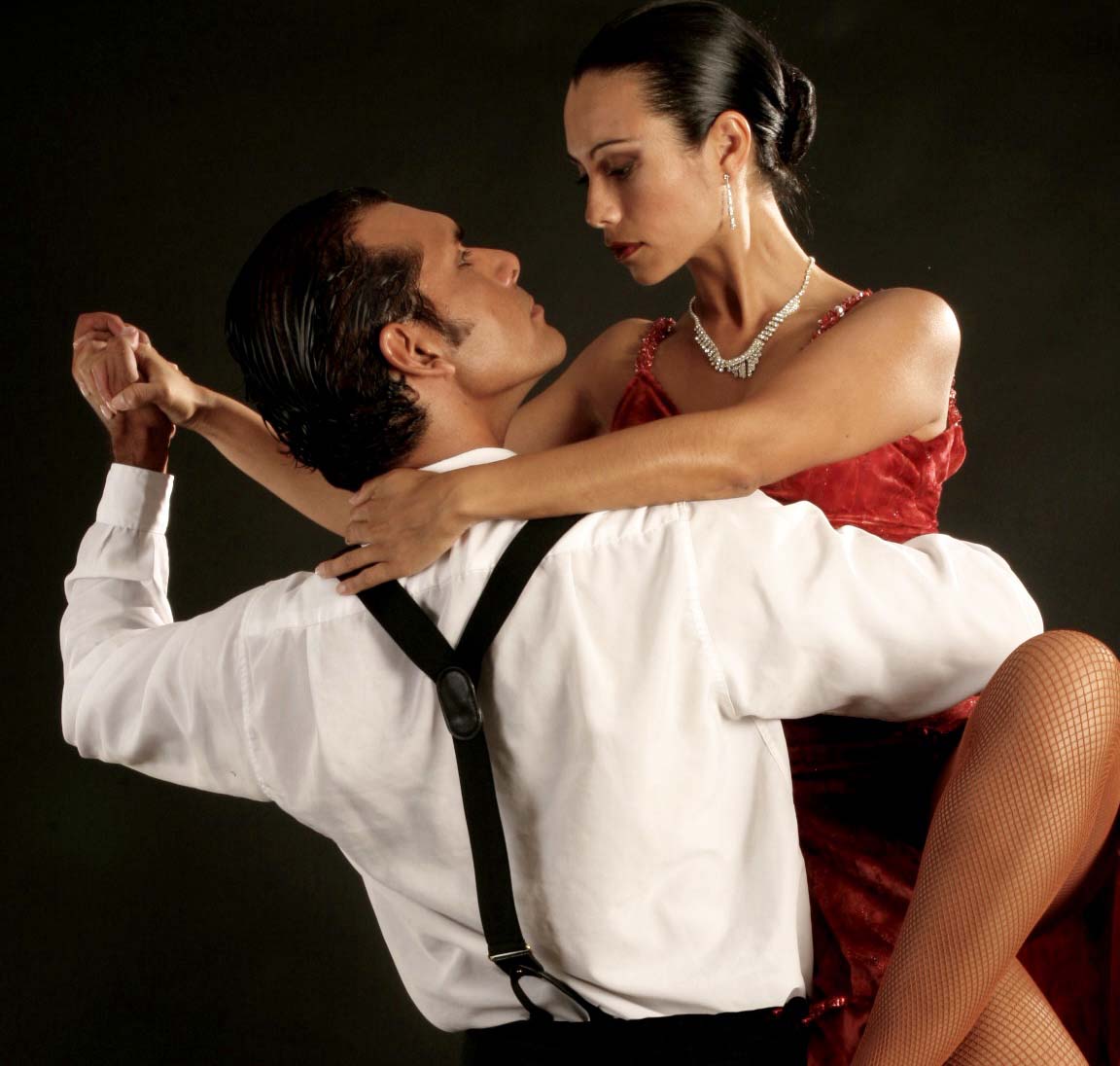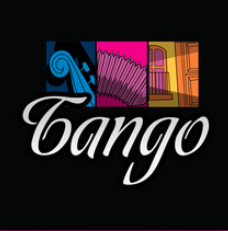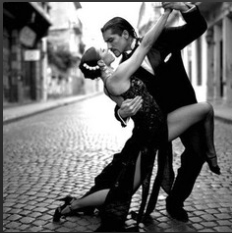Argentine Tango Singers: History, Evolution and Iconic Figures
The song in Tango, the Tango-song
Introduction
Argentine tango is one of the most emotional musical expressions in the world, capable of transmitting a wide range of feelings: nostalgia, passion, melancholy and joy. In addition to being an engaging dance, tango is also a vocal art form, and the singers who interpret it are central figures in the cultural landscape of Argentina. In this article, we will explore the most influential Argentine tango singers, telling personal anecdotes and little curiosities about each of them, who have contributed to transforming this music into a global phenomenon.
Carlos Gardel: The Immortal Voice of Tango
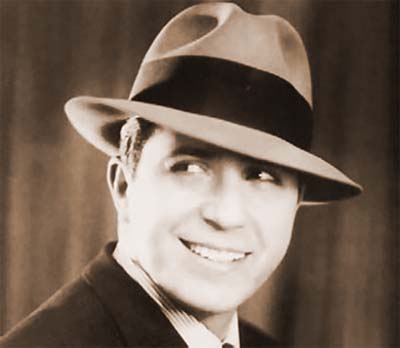
|
Carlos Gardel (1890-1935) is often considered the greatest tango singer of all time. Probably born in France (although some sources say he was born in Uruguay), he emigrated to Argentina as a young man and grew up in the poor neighborhoods of Buenos Aires. His warm, deep baritone voice allowed him to become the symbol of an entire generation. Gardel died tragically in a plane crash in Colombia in 1935, an event that left Argentina and the world of tango in mourning. Even today, his tomb in the La Chacarita cemetery in Buenos Aires is a place of pilgrimage for tango lovers from all over the world.
Famous songs: El dia que me quieras, Volver, Mi Buenos Aires Querido
|
Francisco Fiorentino: The Pioneer of Tango-Song
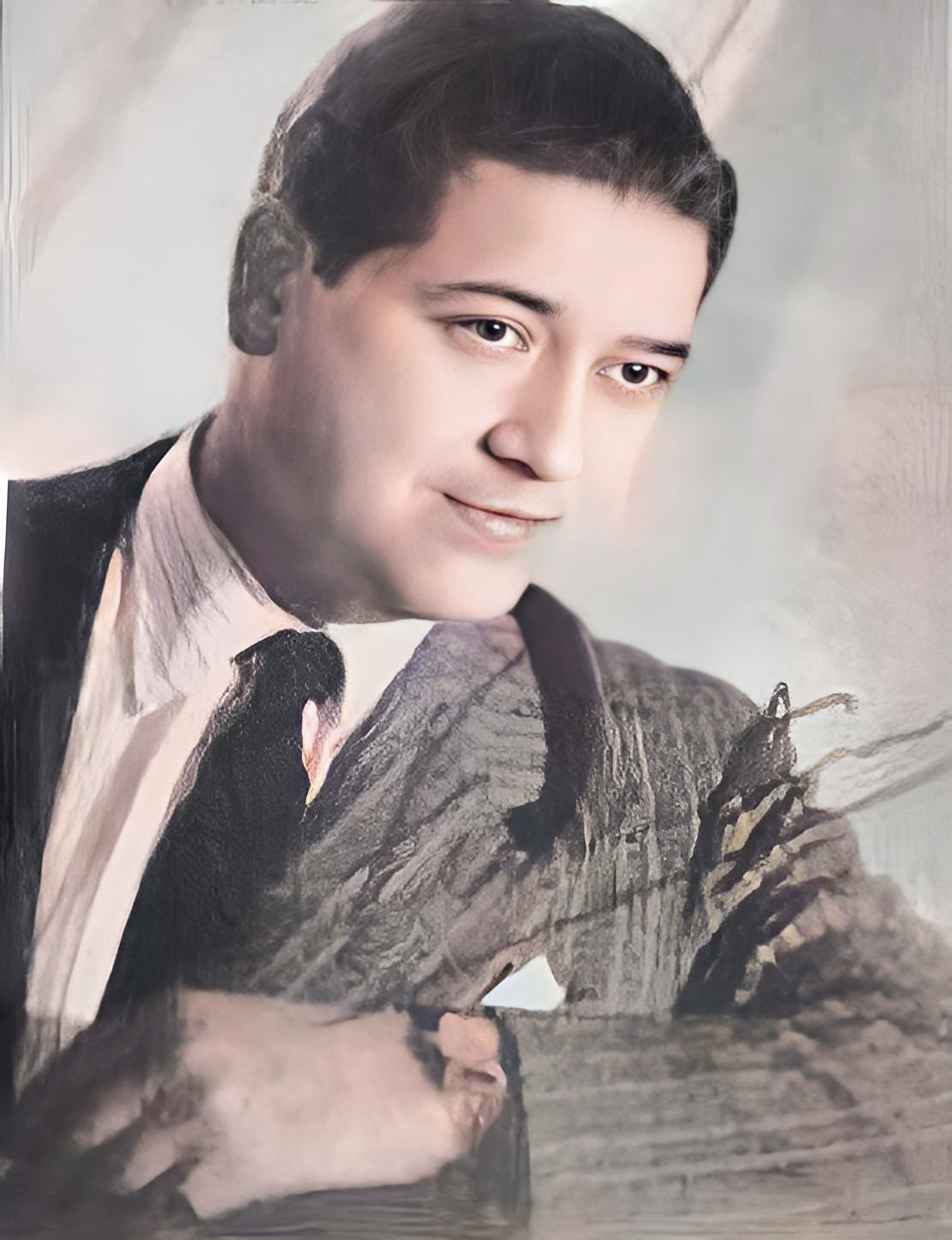
|
Francisco Fiorentino (1905-1955) Also known as "Fiore", he is one of the singers who contributed to the transition of tango from a mainly instrumental genre to a more lyrical tango-canción. Fiorentino began his career as a bandoneonist, but soon discovered his talent for singing. His voice had a sweet and sentimental timbre, perfect for melancholic interpretations of tango lyrics.
Canzoni famose: La última copa, Marioneta, Quejas de bandoneón
|
Roberto Goyeneche: El Polaco and his Intense Interpretation
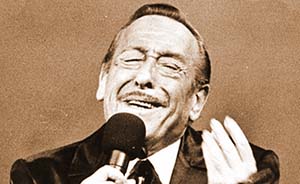
|
Roberto Goyeneche (1926-1994) Nicknamed "El Polaco" because of his pale skin and blond hair, he is one of the most respected and admired tango singers. His ability to interpret lyrics with a unique sensitivity made him famous, so much so that many consider his versions to be the definitive songs. Goyeneche was also famous for his relationship with Astor Piazzolla, the composer who took tango in a modern and experimental direction. Piazzolla said several times that Goyeneche was the only singer capable of interpreting his complex compositions with the right emotional intensity.
Famous songs: Naranjo en flor, Garúa, La Última Curda
|
Ángel Vargas: The Singer of Tradition
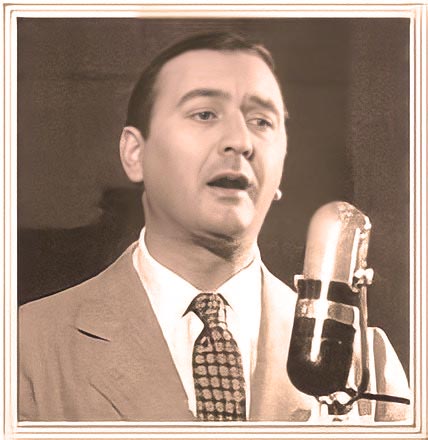
|
Ángel Vargas (1904-1959) Known as "El Ruiseñor de las Calles Porteñas" (the nightingale of the streets of Buenos Aires), he was famous for his clear and crystalline voice. He was a tango traditionalist, and his refined style, respectful of the genre's roots, made him one of the most appreciated singers by fans of classical tango. Vargas worked extensively with Ángel D'Agostino's orchestra, a collaboration that produced some of the most beloved tangos in history, such as "Tres esquinas" and "Cuartito azul"
Famous songs: Tres esquinas, En lo de Laura, El Esquinazo
|
Floreal Ruiz: The poet of Tango
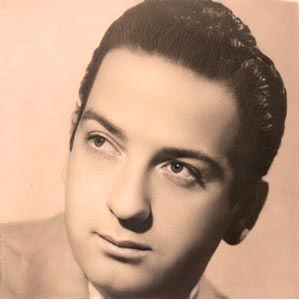
|
Floreal Ruiz (1916-1978) known for his warm and soulful voice, Ruiz was a prominent singer of the 1940s and 1950s, especially in his work with Aníbal Troilo. He was known for his good humor and professionalism. He was part of prestigious orchestras such as those of Alfredo De Angelis, Aníbal Troilo and Francisco Rotundo. Although his tone was soft, he had great expressiveness, which made him one of the most respected voices of classical tango. His nickname was "El Tata" and he left an indelible mark on Argentine popular music.
Famous Songs: Como dos Extraños, La Mariposa, Pura Suerte
|
Alberto Castillo: the singer of the 100 neighborhoods of Buenos Aires

|
Alberto Castillo (1914-2002) One of the most popular Argentine singers and Argentine actor. A gynecologist by profession, he stopped practicing to devote himself to his artistic career. He sings with the Ricardo Tanturi orchestra. Castillo has shown his ability to interpret the most diverse themes thanks to a voice with perfect intonation. Since 1946, Castillo has appeared in many Argentine films.
Famous songs: El tango es el tango, Siga el corso, Cien barrios porteños
|
Raúl Berón: The Romantic voice of Tango
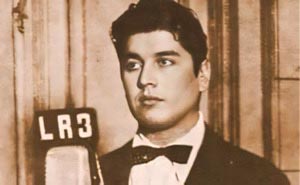 |
Raúl Berón (1920-1982) With his soft and melodic voice he is one of the most refined Argentine singers. At the age of 19 he debuted with the Miguel Calo Orchestra. Between 1940 and 1955 he was a member of 3 wonderful orchestras. Miguel Caló's Orchestra, Lucio Demare's and Aníbal Troilo's. Later he also sang with the Francini and Pontier Orchestras.
Famous songs: Al ritmo del Corazon, Para toda la Vida, Jamas Retornaras
|
Hector Mauré: The rebel of Tango
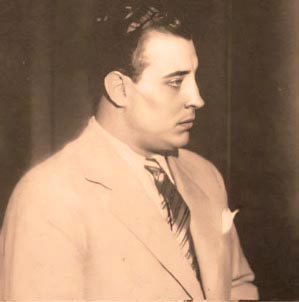
|
Hector Mauré (1920-1976) He is known in the world of tango as one of the most powerful and distinctive voices of the 1940s, especially during his time with the Juan D'Arienzo orchestra, characterized by his rhythmic energy. With his powerful voice, Mauré shone especially in the Juan D'Arienzo orchestra, being one of the most recognized voices of tango.
Famous songs: Uno, Cuartito azul, Se fue sin decirme adiós
|
Modern Tango and the New Generation
In the 1950s and 1960s, tango underwent a transformation thanks to musicians such as Astor Piazzolla, who took the genre in a more complex and experimental direction. Although traditional tango dance and songs remained popular, modern tango moved away from the traditional orchestral form to embrace new sounds and influences.
Julio Sosa: El Varón del Tango
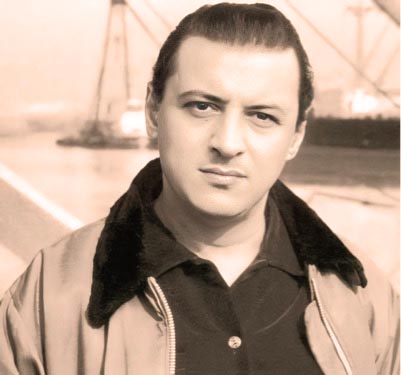
|
Julio Sosa (1926-1964) was nicknamed "El Varón del Tango" for his virile voice and commanding stage presence. Despite his early death, his impact on tango remains significant. Born in Uruguay, he became one of the most popular tango singers in Argentina in the 1950s and 1960s. Sosa was a man of great charisma, with a powerful voice and a unique ability to communicate emotion through tango.
Popular songs: Cambalache, En esta tarde gris, Mano a mano
|
Cacho Castaña: Un Artista Completo
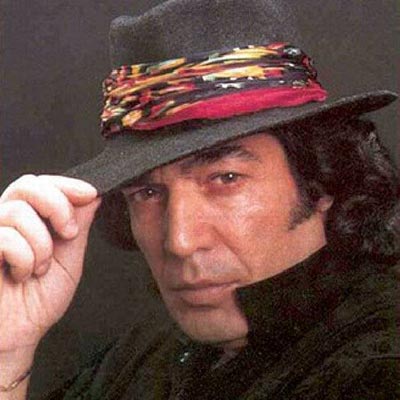 |
Cacho Castaña (1942-2019) was another important exponent of modern tango. In addition to being a singer, Castaña was also a composer and actor. His style was a fusion of tradition and modernity, and his songs ranged from classic tango themes to songs closer to contemporary Argentine popular culture.
Famous songs: Cafe la Humedad, Garganta con Arena, Para vivir un gran amor
|
Conclusion
Argentine tango singers have left a lasting legacy in music and culture. Each of them brought something unique, whether it was Gardel’s unmistakable voice, Fiorentino’s refined sensibility, or Adriana Varela’s rebellious intensity. Their personal stories and anecdotes only reinforce the allure of tango, a musical genre steeped in emotion, passion, and history.
Guide to listening to music of the golden age of Tango
If you use the Streaming Services, you can listen to a playlist here dedicated to the Guardia Nuova Orchestras and the Golden Age of Argentine Tango. Download and store the Paylist you like most in your music library to be able to listen to it whenever you want on the different Streaming platforms Spotify, Apple, Youtube Music, Amazon Unlimited, Tidal or Deezer
Per ascoltare Playlist 1 > Per ascoltare Playlist 2 > Per ascoltare Playlist 3 > Per ascoltare Playlist 4 >



